
EAPC Electric Bike Explained: Rules & Benefits
Looking for a fresh way to get around? The EAPC electric bike might be exactly what you need.
An EAPC electric bike—Electrically Assisted Pedal Cycle—gives you power-assisted travel without needing a driving license, registration, or insurance, as long as it follows certain rules.
In many places, you can just hop on and start riding. It’s an easy and affordable choice for daily trips, commutes, or just grabbing some fresh air.
With an EAPC-compliant electric bike, you get pedal assist, quick charging, and eco-friendly travel. You’ll feel a smooth boost as you ride but keep control with your own pedaling.
These bikes are gaining popularity in cities and neighborhoods. People like how much easier they make getting around—especially if you want a cleaner way to travel.
What Is An EAPC Electric Bike?
EAPC electric bikes give you pedal power plus a little help from a built-in motor. They follow special laws that set them apart from mopeds or other motorbikes.
EAPC Explained: Electrically Assisted Pedal Cycle Basics
EAPC stands for Electrically Assisted Pedal Cycle. These bikes look a lot like regular bicycles, but there’s a small electric motor that helps when you pedal.
The motor won’t do all the work. It just assists your pedaling, which makes hills and longer rides much easier.
You need to be at least 14 years old to ride an EAPC in the UK. EAPCs don’t need registration, road tax, or insurance.
You can take them anywhere regular bikes are allowed—roads, cycle paths, and bike lanes. The big difference between an EAPC and other electric bikes or e-scooters is how the motor works.
For EAPCs, the motor only kicks in if you’re pedaling. If you stop pedaling, the motor stops too.
Key Specs: ≤ 250 W Motor, ≤ 15.5 Mph Assist, Pedals Required
Your bike has to meet some strict rules to count as an EAPC:
- The motor’s maximum continuous power output can’t be more than 250 watts.
- The motor stops helping when you go over 15.5 mph (25 km/h).
- You need working pedals that can move the bike forward without the motor.
If your electric bike goes faster with just the motor, delivers more than 250 W, or doesn’t require pedaling, it’s not an EAPC. It gets treated like a moped or motorbike instead.
That means you’ll need registration, insurance, and tax. You’d also have to wear a helmet and hold a valid driving licence.
Not sure which e-bike style fits you best? Read our Guide To Electric Bike Types: Find Your Perfect Ride makes it easy.
Legal Rules And Compliance For EAPC Electric Bikes
Before you ride an e-bike, it’s important to know the law. The rules cover where you can ride, the minimum age, and what your bike needs.
UK Specifics: Age 14+, No Licence, No Tax/Insurance, Allowed On Cycle Paths
In the UK, the law spells out who can ride an EAPC-compliant e-bike and what you need. You must be at least 14 years old to ride one legally.
You don’t need a driving licence, registration, or tax. There’s no insurance requirement either.
EAPCs aren’t classed as motor vehicles, so vehicle excise duty doesn’t apply. If your EAPC follows the rules, you can ride it anywhere a regular bicycle is allowed—cycle paths, roads, and shared-use paths.
They’re not allowed on walking-only pavements. EAPCs don’t need type approval or special vehicle approval.
Also read:What age can you ride an electric scooter?
How To Confirm Compliance: Stickers, Voltage, Speed And Motor Info
Your EAPC has to meet certain technical standards to stay legal. The bike needs pedals for propulsion.
Check for a label or sticker showing the manufacturer’s name, motor power (in watts), and voltage.
The motor can’t exceed 250 watts. It should only help your pedaling up to 15.5 mph (25 km/h).
After that, the motor should cut out. If the bike has an “off-road” mode that helps above this speed, it’s not EAPC-compliant.
Look for amber pedal reflectors, a white front light, and a red rear light for safety. If your bike doesn’t have the right markings or lets you go faster than allowed, it’s not a legal EAPC.
Always double-check these details—better safe than sorry.
Want fast rides without breaking the bank? Check out our article Affordable Electric Bikes: The Fastest Commute.
How To Choose The Perfect EAPC Bike
The right EAPC (Electrically Assisted Pedal Cycle) depends on your daily routine, habits, and what you want for comfort and safety. Think about what you’ll use the bike for, how far you travel, battery strength, and safety features.
Match Bike To Your Use: Commuter, Folding, Cargo, Leisure
Start by asking yourself why and where you’ll ride your e-bike.
Commuter bikes are built for city roads, with mudguards, racks, and upright handlebars for comfort on longer rides. If you ride to work or school, these work well.
Folding bikes are easy to carry and store. If you use buses or trains or have limited space, they’re a smart pick.
They’re lighter, so you can take them indoors or up stairs without too much hassle. Cargo e-bikes are made for carrying groceries, kids, or heavy bags.
They’ve got stronger frames and bigger racks, and some even support boxes or seats for children. Leisure bikes are for weekends, parks, and relaxed rides.
These often have wide tires and comfy seats for easy cruising. If you want to explore new trails or enjoy city paths, a leisure e-bike is a solid pick.
If you want a bike that can go without pedaling, look for “twist and go”. Just check your local laws—some places don’t allow them.
Pick Motor & Battery Specs For Real-World Range
The motor and battery decide your speed and range. E-bike motors usually max out at 250W, and top speed is capped at 15.5 mph (25 km/h) by law in most countries.
Mid-drive motors give smoother power and better hill-climbing. That’s a big help on steep commutes or rough roads.
Hub-drive motors are common for flat routes and can feel more pushy when you accelerate. Battery size matters most if you ride long distances.
Most bikes offer between 25 and 70 miles per charge. But weight, hills, and your pedal assist level all affect real range.
Some bikes have removable batteries, so you can charge anywhere. Battery charge times are usually around 3 to 6 hours.
“Twist and go” models may use power faster since the motor can run without pedaling. If you want this feature, check if your area allows these bikes.
Safety First: Disc Brakes, Lights, Frame Design
Safety really matters with any e-bike. Always look for solid disc brakes—they work well in the rain or on hills.
Disc brakes stop you faster and don’t need as much hand strength as rim brakes. They just feel more reliable, especially if you’re dealing with city traffic or unpredictable weather.
Front and rear lights are a must for early mornings, late rides, or foggy days. Most e-bikes come with built-in LED lights powered by the main battery.
Add some reflective stripes or stickers to your frame and wheels—it really helps drivers spot you. Little things like that can make a big difference.
Pay attention to frame design if you’re hauling cargo or want a folding e-bike. Check the welds and make sure the bike can handle the weight you plan to carry.
Low-step frames make hopping on and off way easier, especially if you’re carrying extra bags or riding in busy city streets. It’s just less hassle overall.
Don’t skip the extras: a bell, mirrors, sturdy kickstand, and chain guard all add to your safety and make your life easier. Always put on a helmet—if your area or model calls for it, go for a motorcycle-level one.
Ready for a nostalgic ride with modern performance? Browse our vintage electric bike collection and fall in love with a retro style that packs power.
EAPC Compliant E‑Bikes From iSinwheel
iSinwheel builds electric bikes that make daily travel faster and a bit more comfortable. Each e-bike in their lineup brings something different for city commutes, portability, or range.
You’ll probably find one that fits your routine, whether you’re zipping to work or just cruising around town. Let’s look at a few of their models.
1. iSinwheel U2 City Commuter (Step‑Thru) – 65 Mile Range
Looking for long range on a single charge? The iSinwheel U2 City Commuter offers up to 65 miles—you can get to work, run errands, and still have juice for a weekend ride.
The step-thru frame makes getting on and off simple, even if you’re in business clothes or carrying a bag. This design feels right for city streets and works for riders of any height.
The U2 gives you a comfy seat, upright handlebars, and built-in lights—so riding after dark feels safer. The pedal assist is smooth, and the motor responds without those annoying jerks.
Front and rear disc brakes provide solid stopping power in traffic. The bright LCD display keeps your speed, battery, and trip details in clear view.
2. iSinwheel U3 Foldable – Compact Commuter
If you need something for tight spaces or mixed commuting, check out the iSinwheel U3 Foldable. It folds up quickly, so you can bring it on the train or stash it under your desk.
The compact design is great for small apartments or offices. The lightweight frame keeps things nimble, and the folding mechanism is straightforward.
The U3’s battery handles most daily commutes and short weekend trips. You get pedal assist and throttle modes, so you decide how much effort you want to put in.
This bike stays sturdy on city streets, with a quiet motor and reliable brakes. Despite its small size, the U3 handles bumps and curbs without much fuss.
3. iSinwheel U4 Foldable Step‑Thru – 55 Mile Range
The U4 Foldable Step-Thru E-Bike mixes long range with easy portability. You get up to 55 miles per charge, and it folds down for storage or travel.
The step-thru frame helps you get on and off quickly—super helpful for crowded streets or frequent stops. Wide tires grip well and soak up shocks, so rough pavement feels less jarring.
Pedal assist adapts to your speed, making rides faster with less effort. The U4 comes with front and rear lights, fenders, and a rack—handy for groceries or your work bag.
Battery Longevity Tips & Storage
Use the charger that came with your bike to keep the battery healthy. Try not to expose the battery to extreme heat or cold—it really shortens the lifespan.
Store your bike somewhere dry and cool, indoors if you can. If you’re not riding for a few weeks, leave the battery at about 50-70% charge.
Don’t let the battery sit fully charged or totally empty for long periods. If possible, take the battery off the bike while charging to avoid overheating.
Wipe down the battery terminals with a dry cloth now and then. If your battery has removable cells, follow the instructions that came with it. A gentle charging and storage routine helps you get more rides before needing a new battery.
Maintenance Must‑Dos: Tyres, Brakes, Regular Checks
Check your tyre pressure every week for a smoother ride and better efficiency. Use a pump with a gauge and match the pressure to the number on your tyre’s sidewall.
Look at your brakes every couple of weeks. Squeeze the levers—if they feel soft or you hear grinding, it’s time for new pads or a tune-up.
Worn pads make stopping unsafe and can even damage your wheel rim. Check the chain and gears once a month. If the chain squeaks or seems dry, add a little lubricant.
Go over the bolts on your handlebars, wheels, and saddle to make sure nothing’s coming loose. Clean your bike, especially after wet rides, to keep rust away and parts running smooth.
It’s just smart to wear a cycle helmet every time you ride. Even if it’s not required, helmets cut your risk of serious head injuries.
When To Update Firmware, And Secure Your Bike
Check for firmware updates a few times a year or if your bike starts acting weird. Updates can fix bugs, add features, or improve battery life.
Most new e-bikes let you check for updates using an app or the brand’s website. Don’t ignore those reminders—they’re worth it.
To secure your bike:
- Lock it with a solid D-lock and run a cable through the wheels.
- If your battery comes off, take it with you when you park in public.
- Register your bike’s serial number with the police or a bike registry.
Think about adding a GPS tracker if you park outside a lot. Using two different locks can really throw off thieves. Keeping your bike secure means you’ll stress less and ride more.
Curious how much your e-bike can really hold? Dive into our article, Electric Bike Weight Limit: Comprehensive Guide for Riders and get expert tips now.
Final Thoughts
EAPC-compliant electric bikes offer a legal, eco-friendly ride with no fuss. Equipped with a 250 W motor and 15.5 mph pedal-assist, they’re treated just like regular bikes in the UK—no tax, licence, or insurance needed.
Great for climbing hills, beating traffic, and adding fun to your commute. Pick bikes with the right motor power, battery size, comfort, and safety gear.
Want more performance? Check out our collections of electric scooters for heavy adults and electric scooters with removable batteries—built tough for longer rides. Also, don’t miss our article Essential Tips to Keep Your Electric Bike Riding Like New.
Frequently Asked Questions
What are the rules for EAPC in the UK?
To count as an Electrically Assisted Pedal Cycle (EAPC), your bike needs to meet a few requirements. You’ve got to be at least 14 to ride one on public roads.
The bike must have pedals, and the motor can’t go over 250 watts of continuous power. The electric assist cuts out at 15.5 mph (25 km/h)—after that, it’s all you pedaling.
You don’t have to register, tax, or insure EAPCs like mopeds or motorbikes. No driving license needed either. Just follow local road rules, keep your lights working at night, and use approved reflectors.
Do police stop electric bikes?
Police sometimes stop electric bikes, but there’s usually a reason. If your bike looks modified or you’re riding recklessly, you’ll get more attention.
They’ll check the power output and top speed. If your bike goes faster than 15.5 mph with the motor, or has more than 250 watts, the police may treat it as a moped.
That means you could get penalties if you skip insurance, tax, or a license. Most riders won’t get stopped if their bike follows EAPC rules and they’re riding sensibly.
If you use a throttle beyond what’s allowed or ride a non-compliant e-bike, you could get fined or have your bike seized.
Can an EAPC have a throttle?
Some EAPCs have throttles, but UK rules are strict. The throttle can only work up to walking speed—usually about 3.7 mph (6 km/h).
It helps you set off without pedaling, which is nice for traffic lights or hills. If the throttle moves the bike faster than walking speed without pedaling, it’s not an EAPC anymore—it’s a moped.
That means you’ll need to register, insure, and have a license. Most e-bikes sold in the UK now only have pedal assist to keep things simple.
Always check your bike’s throttle before taking it on the road.
Are pedal assist bikes legal in the UK?
Pedal assist electric bikes—sometimes called "pedelecs"—are legal in the UK if they meet EAPC rules. The motor only works when you pedal and stops helping at 15.5 mph.
No insurance, license, or road tax needed. You can ride them anywhere regular bikes go—cycle paths and public roads.
You must be at least 14 to ride an EAPC. Don’t use the bike on pavements unless it’s signed for shared use. Always fit lights and reflectors for safety and to stay legal after dark.
Are 1000W e-bikes legal in the UK?
A 1000W e-bike isn't legal to ride on UK public roads or cycle paths. The law says EAPCs can only have a motor with a maximum of 250W.
If your e-bike has more power, the authorities treat it like a moped or motorbike. You need registration, insurance, and a license for those.
Get caught riding a 1000W e-bike on public roads without all that, and you could end up with fines or points on your license. They might even seize your bike.
You can ride a 1000W e-bike off-road, but only on private land. Just make sure you've got the landowner’s permission first.
People like these e-bikes for mountain bike trails or private tracks. Still, you can't use them in regular public spaces.
The Latest Posts
Explore isinwheel products
City E Scooter | Off-Road Scooter
Fastest Scooter | Kids Scooters
eapc electric bike ·




















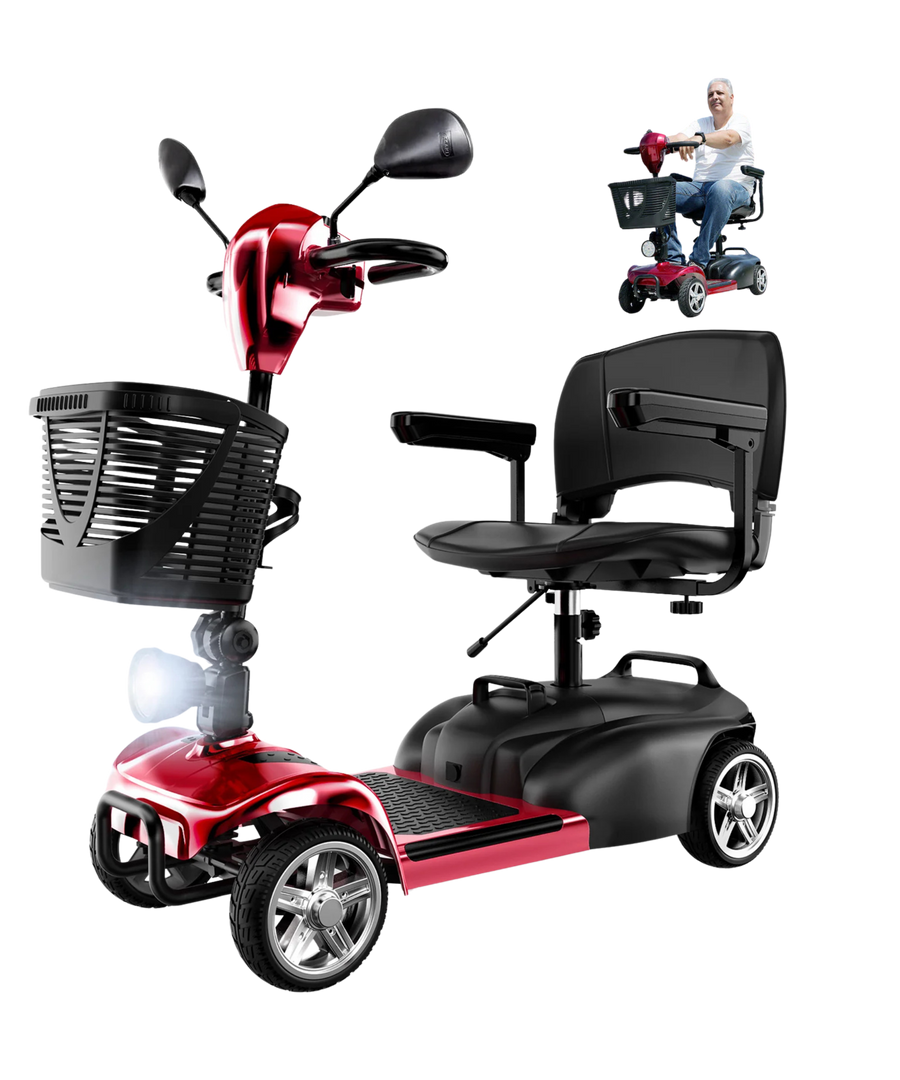
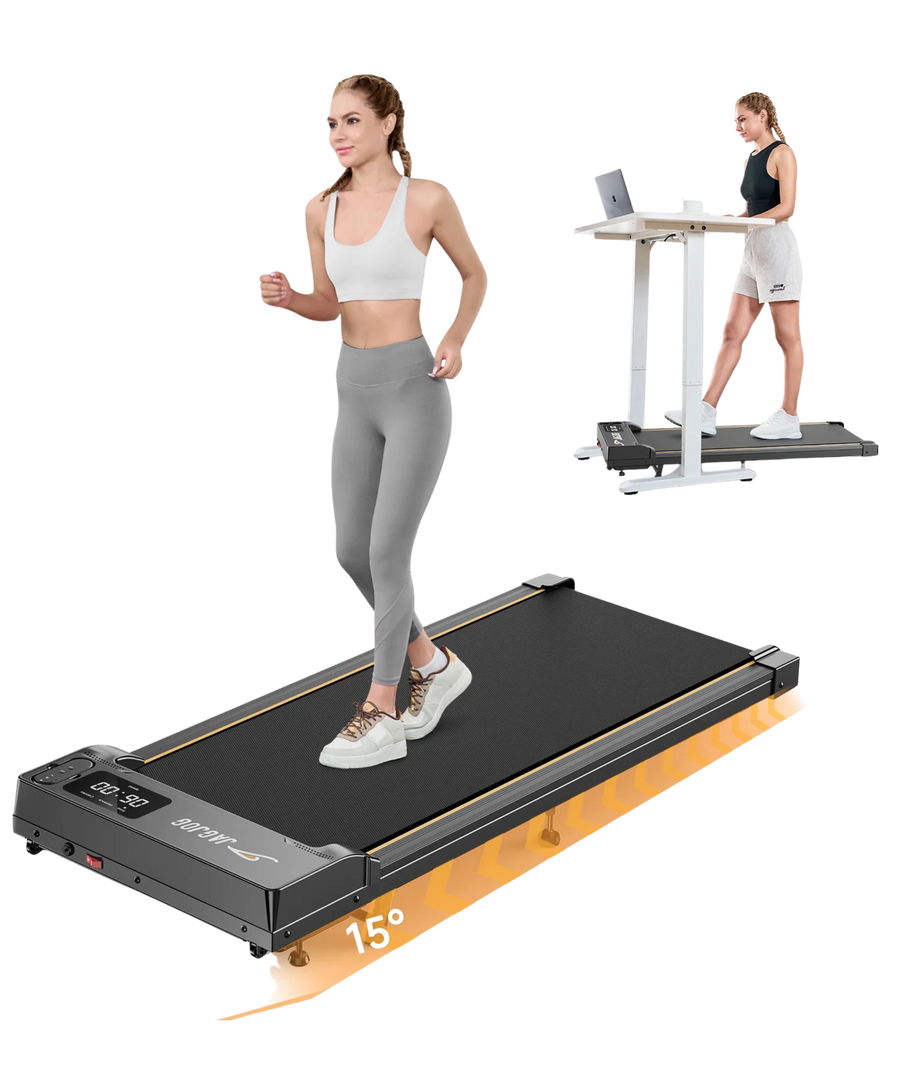
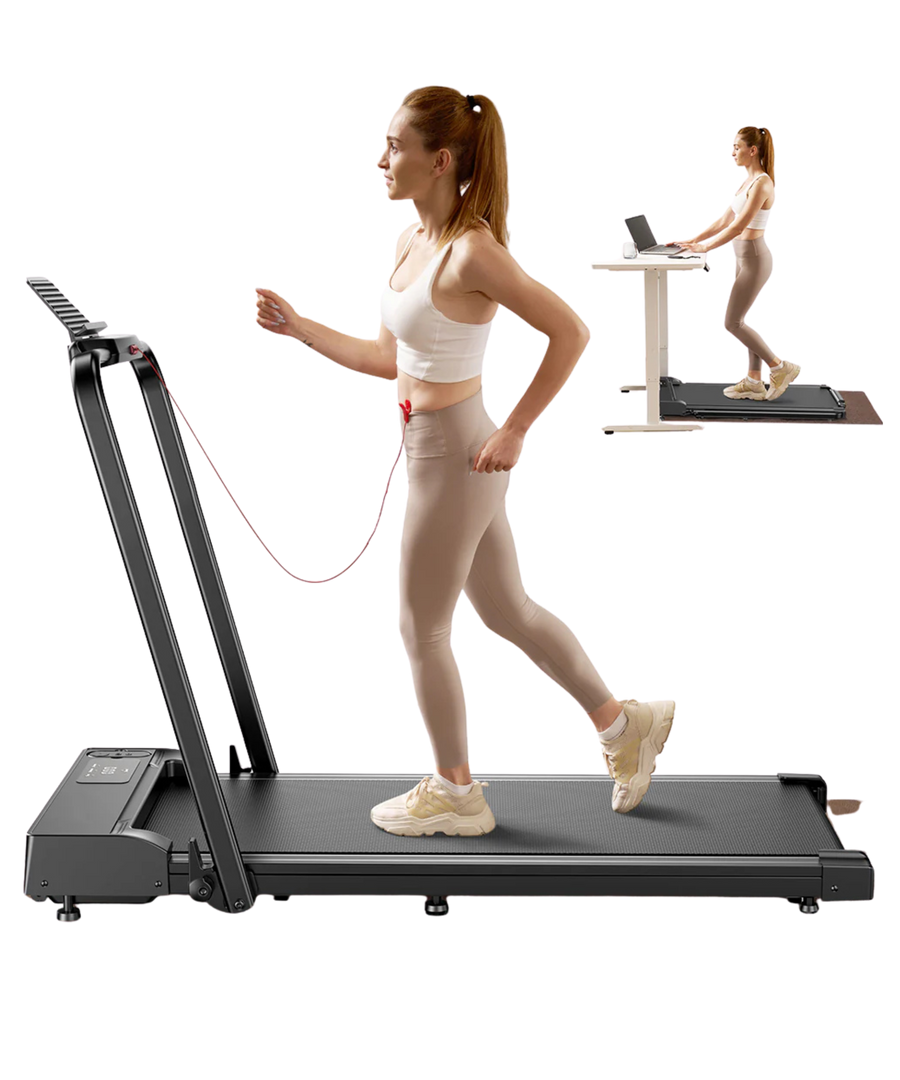
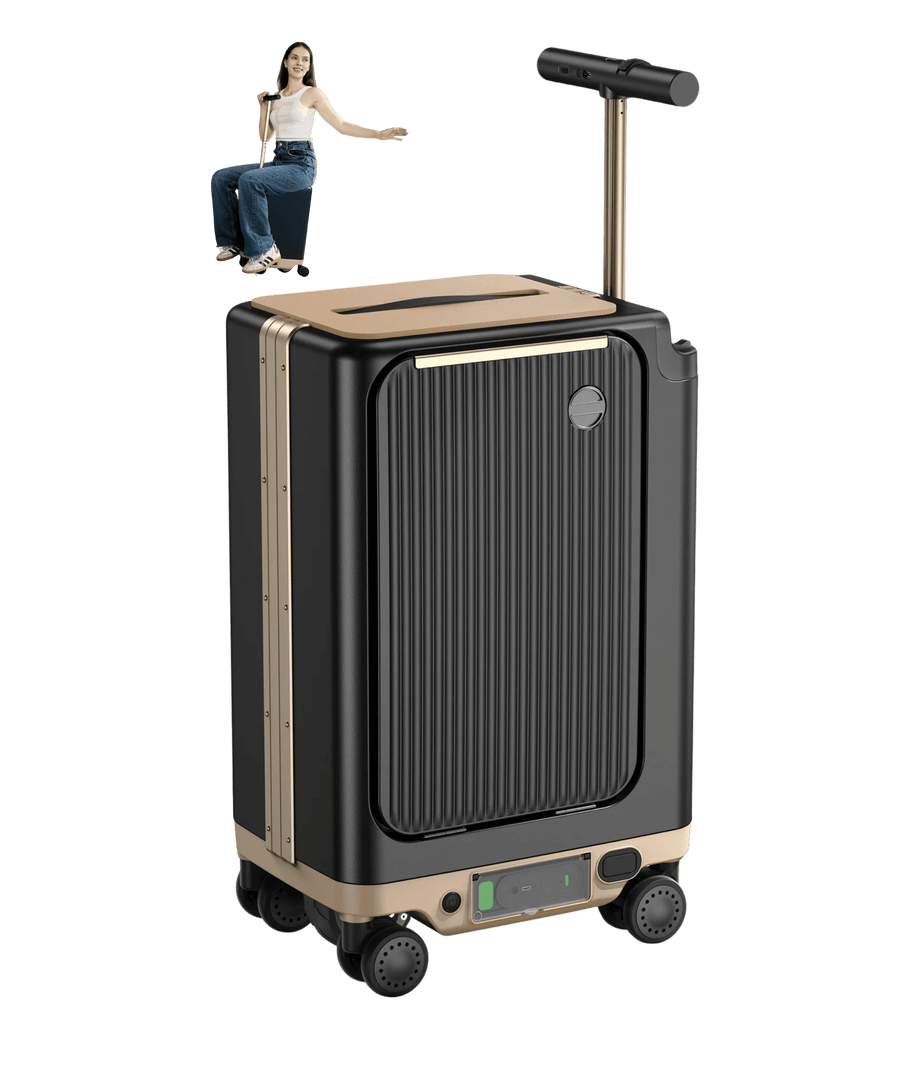




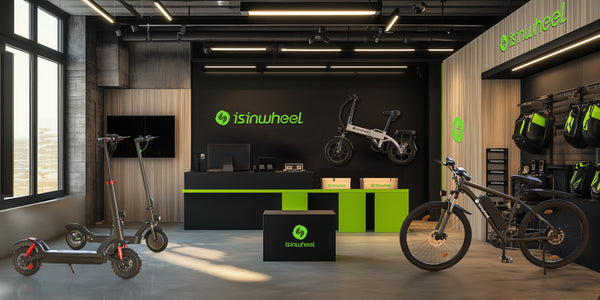
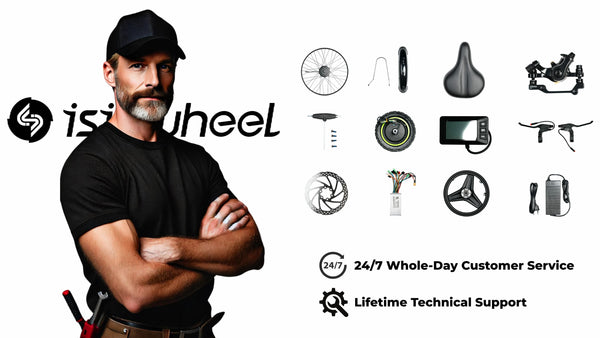



















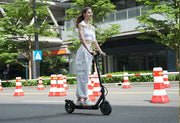
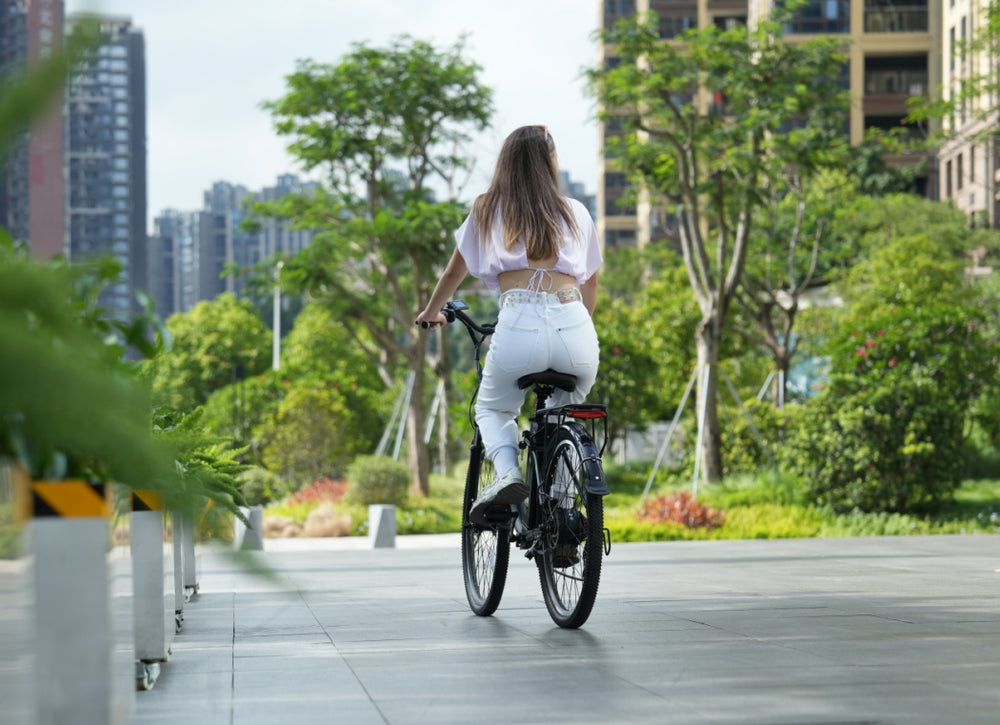
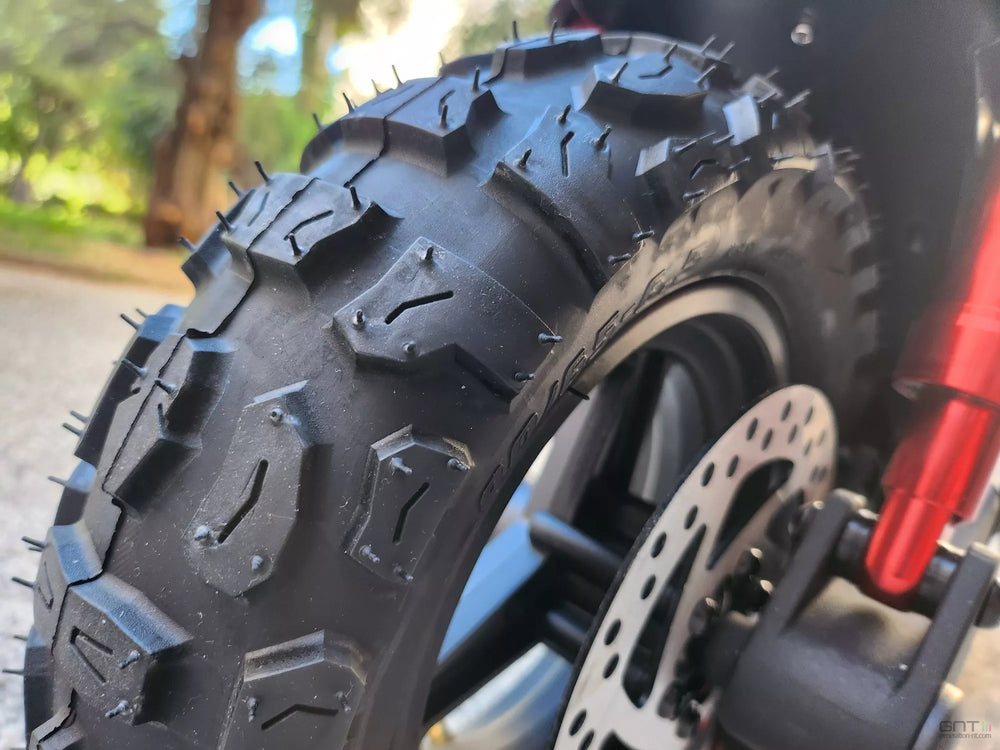
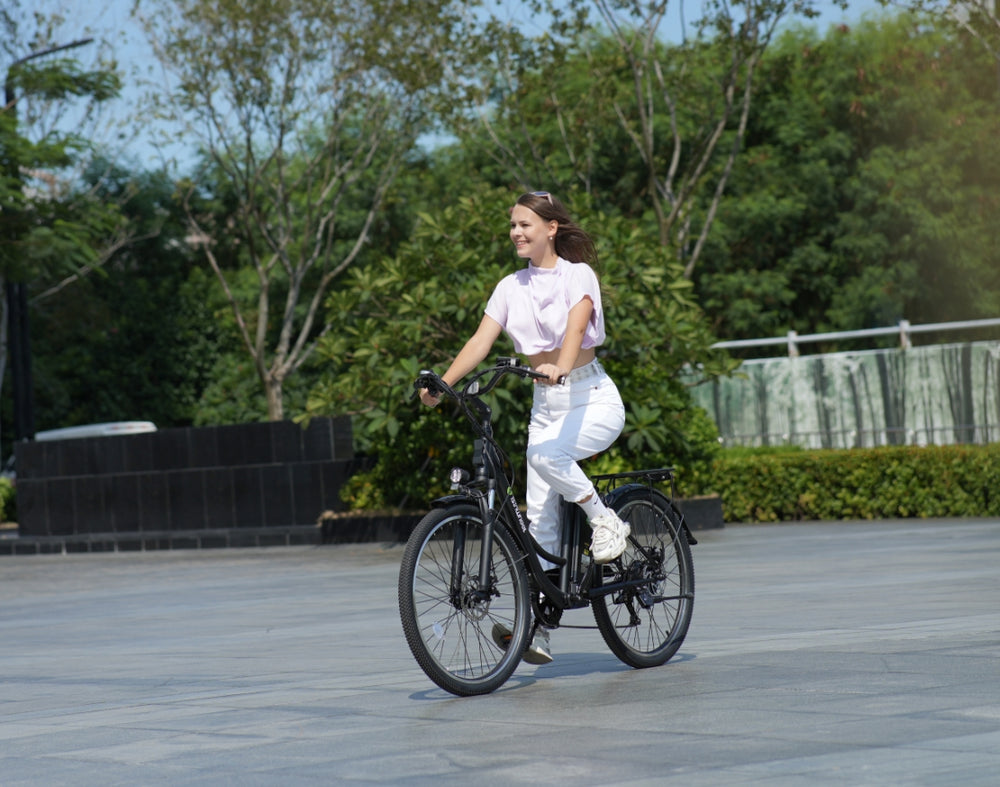
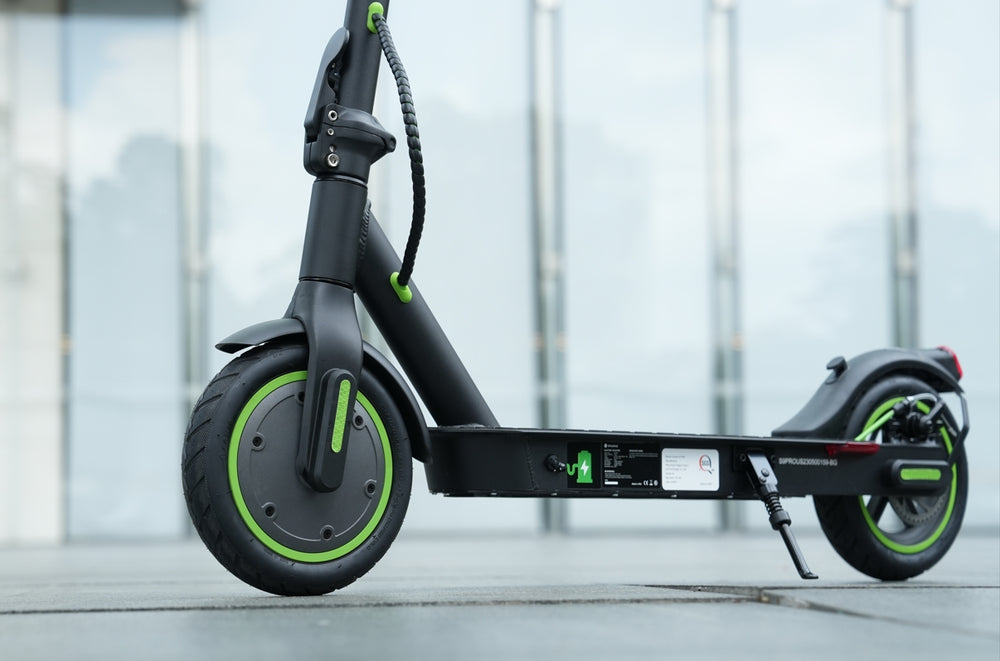
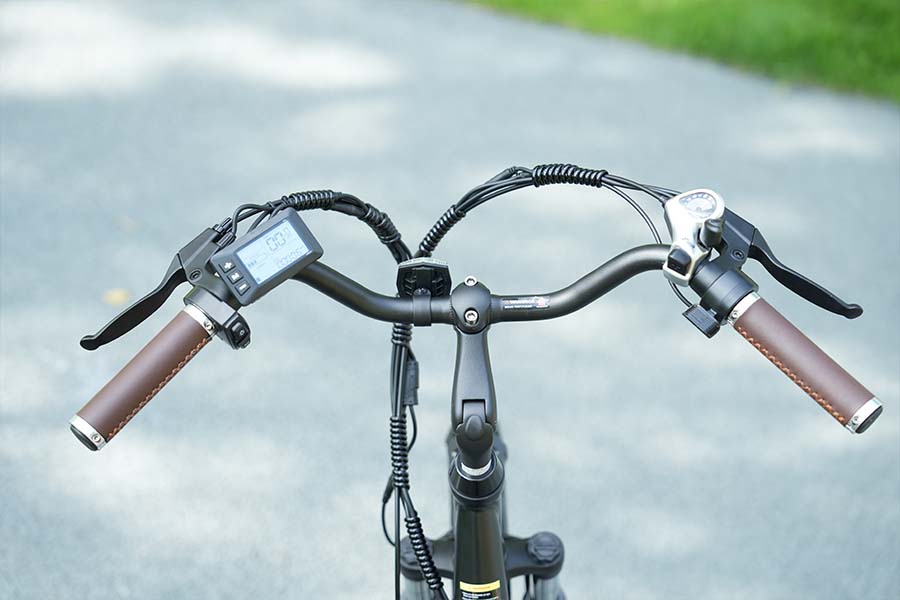
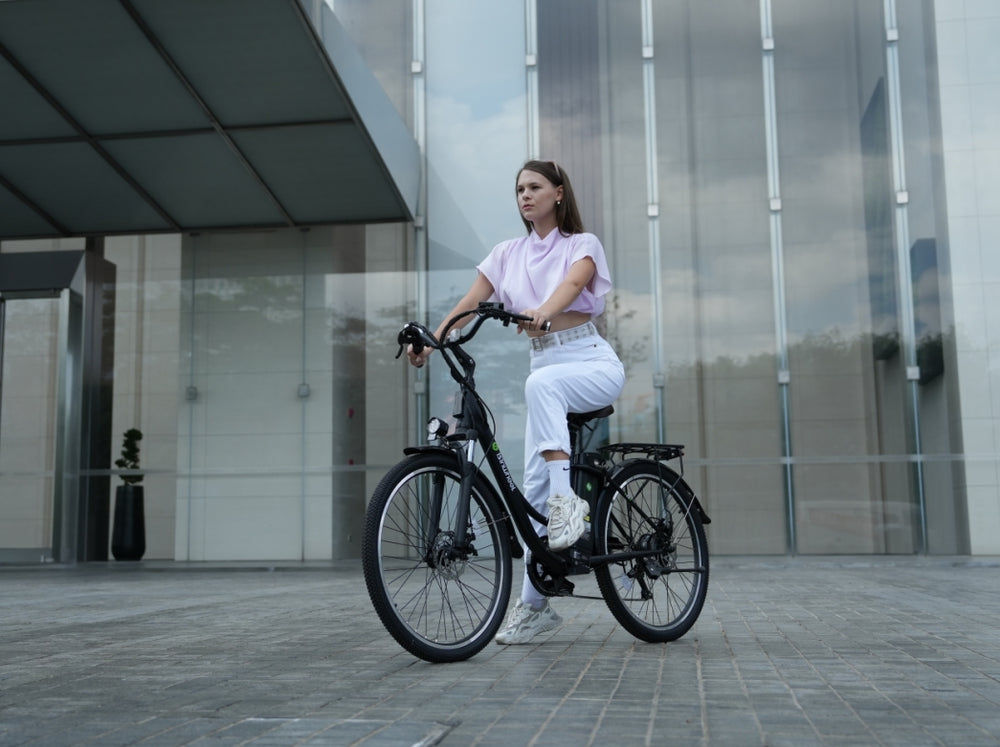
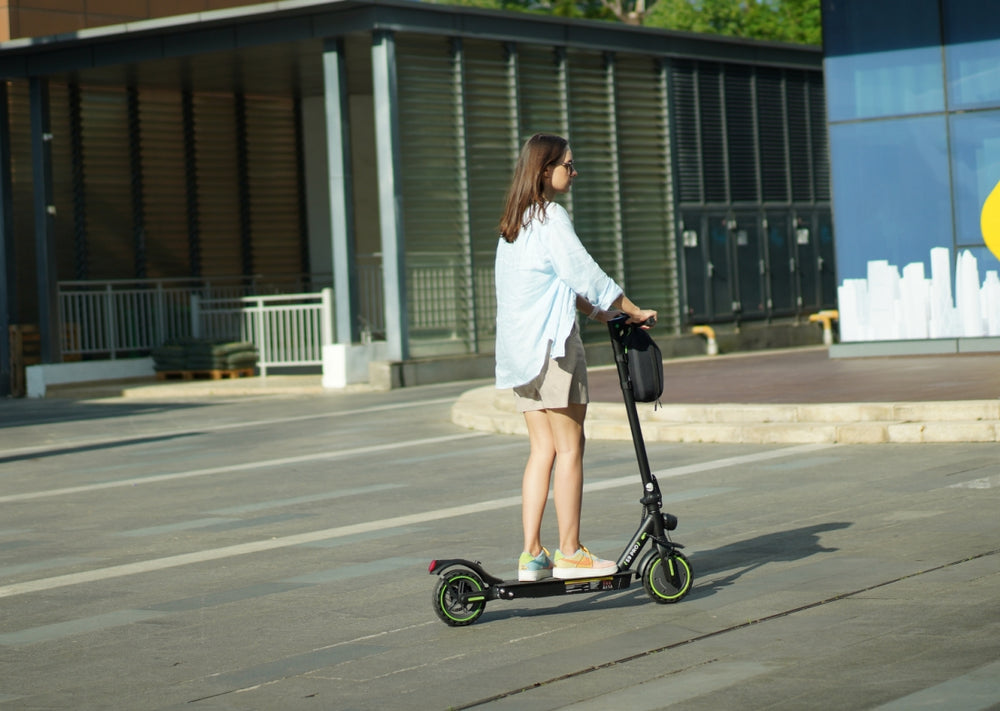
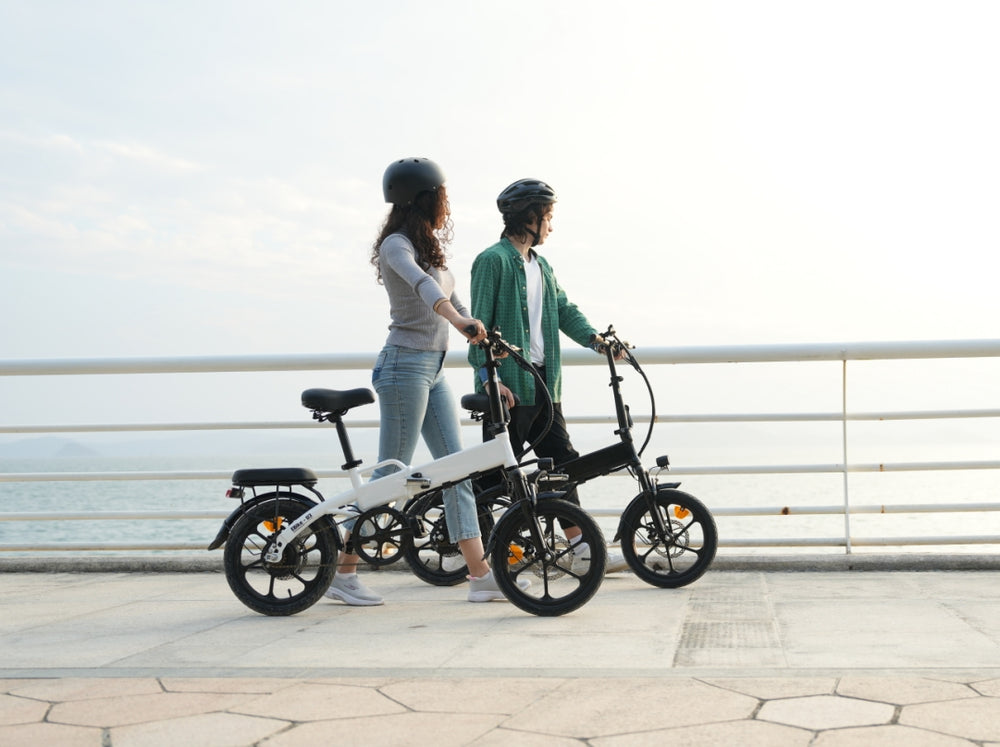
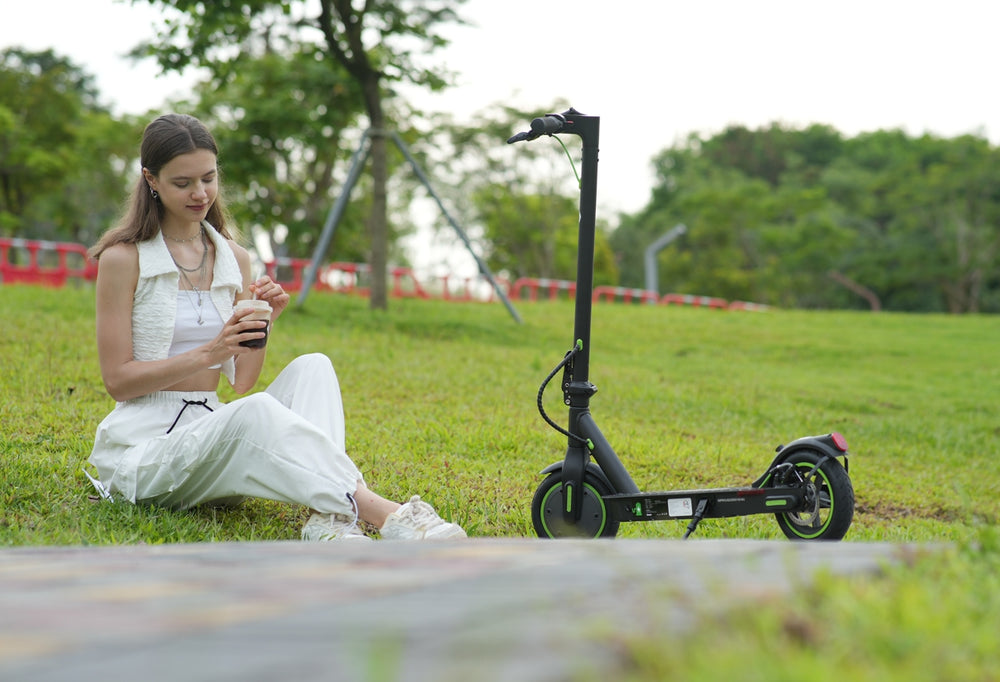
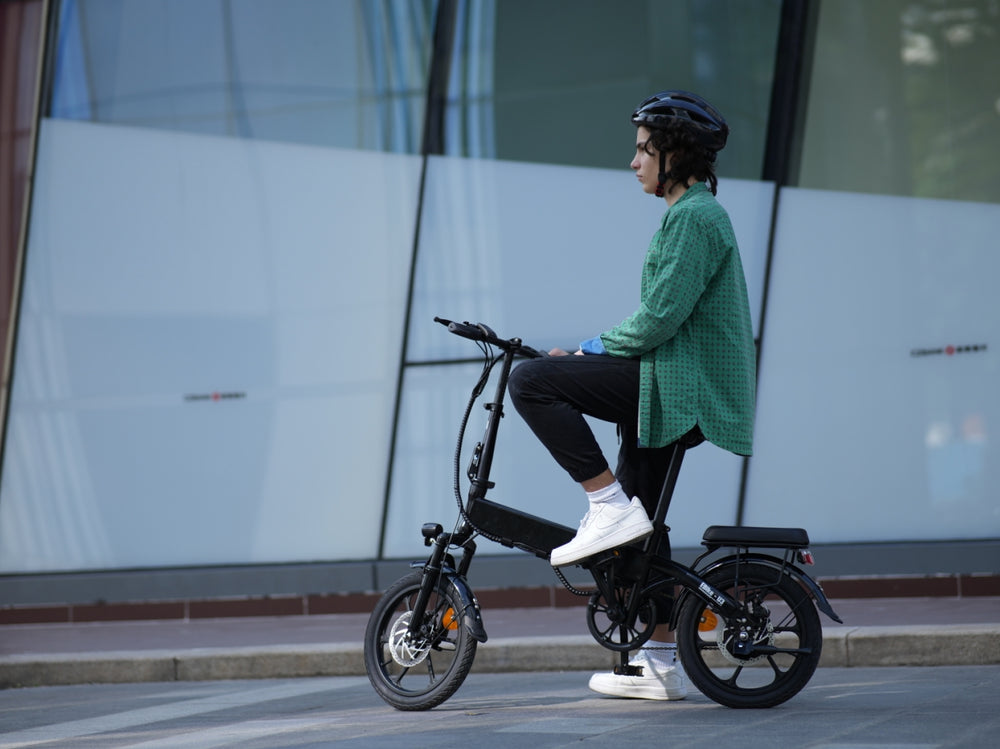
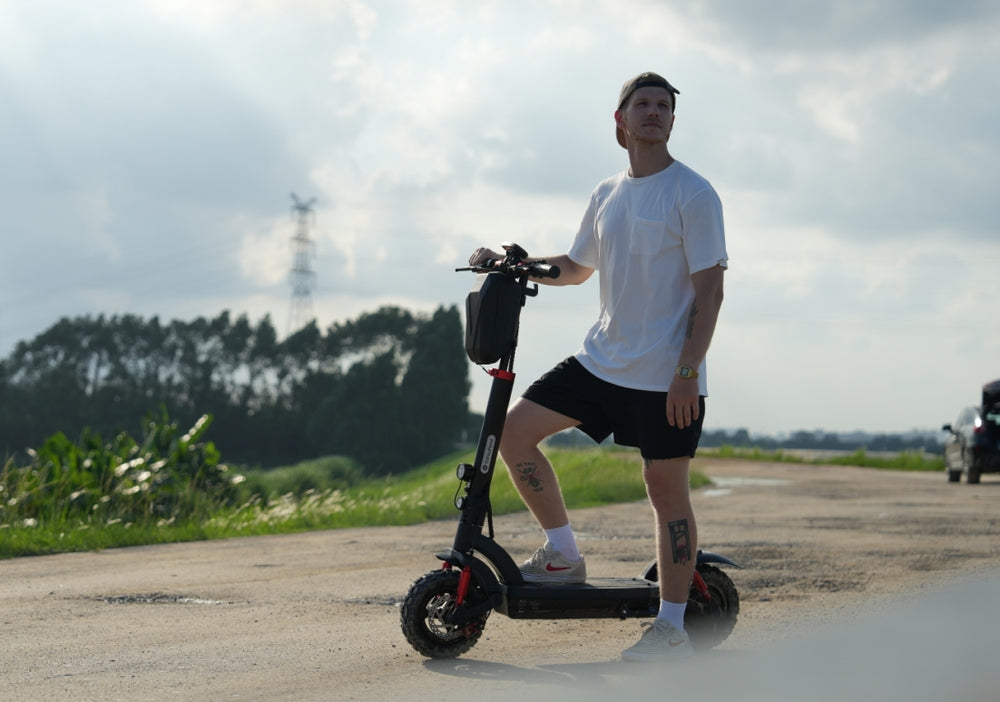
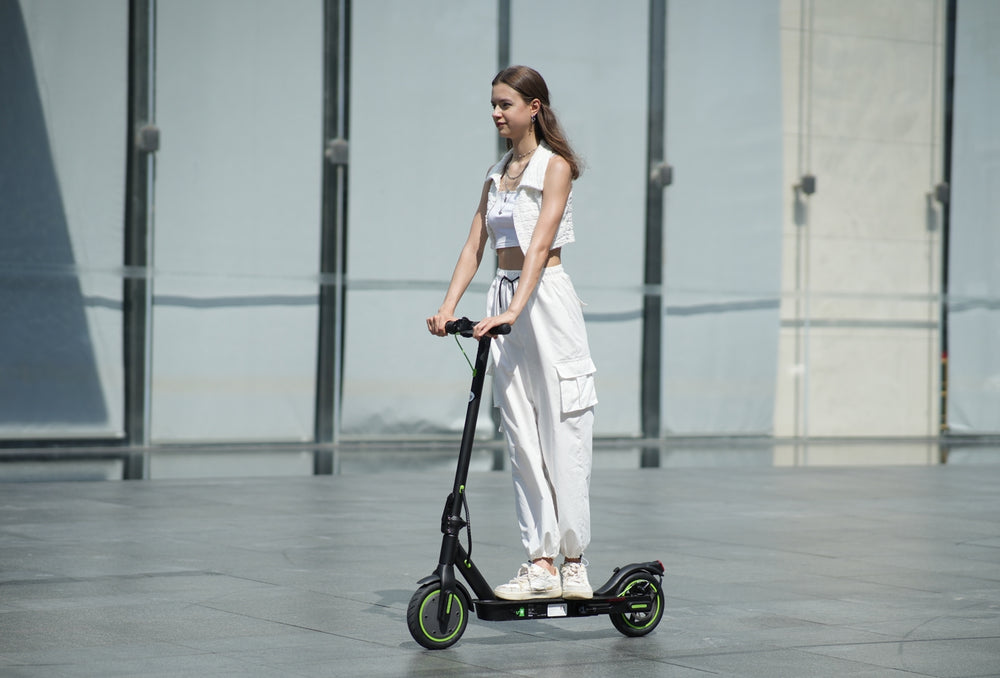
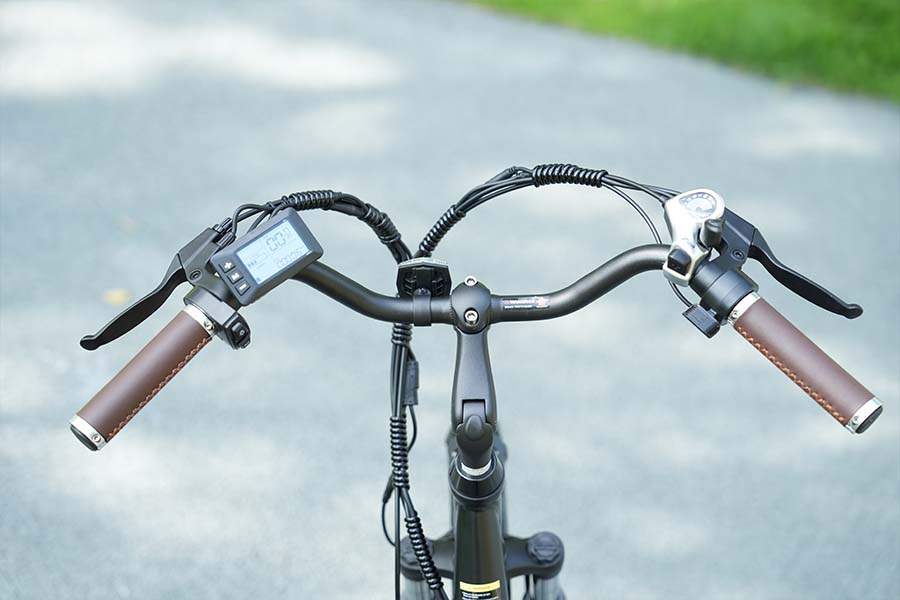
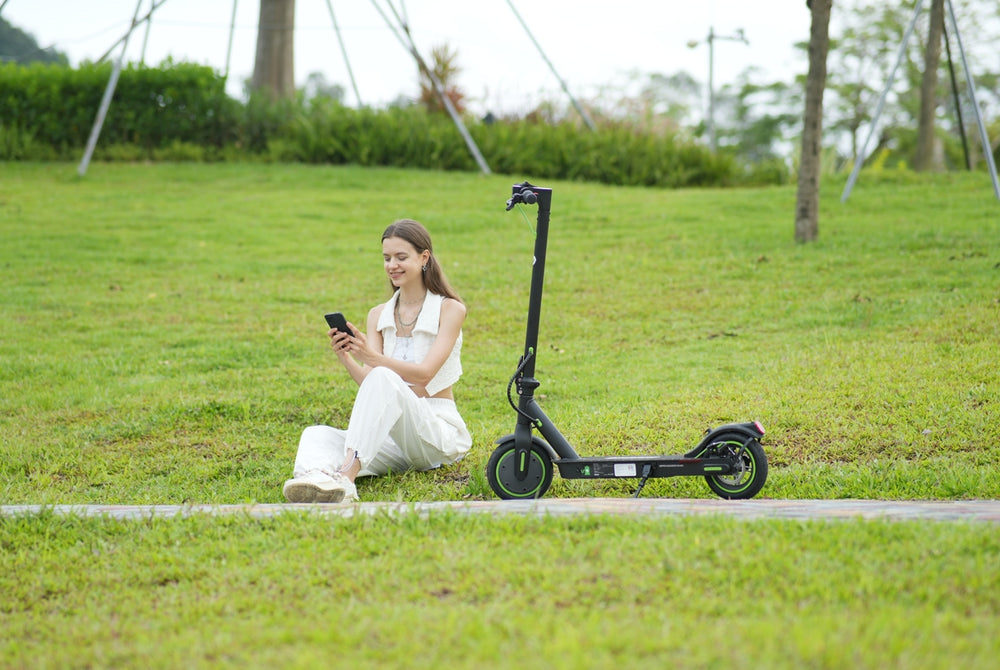
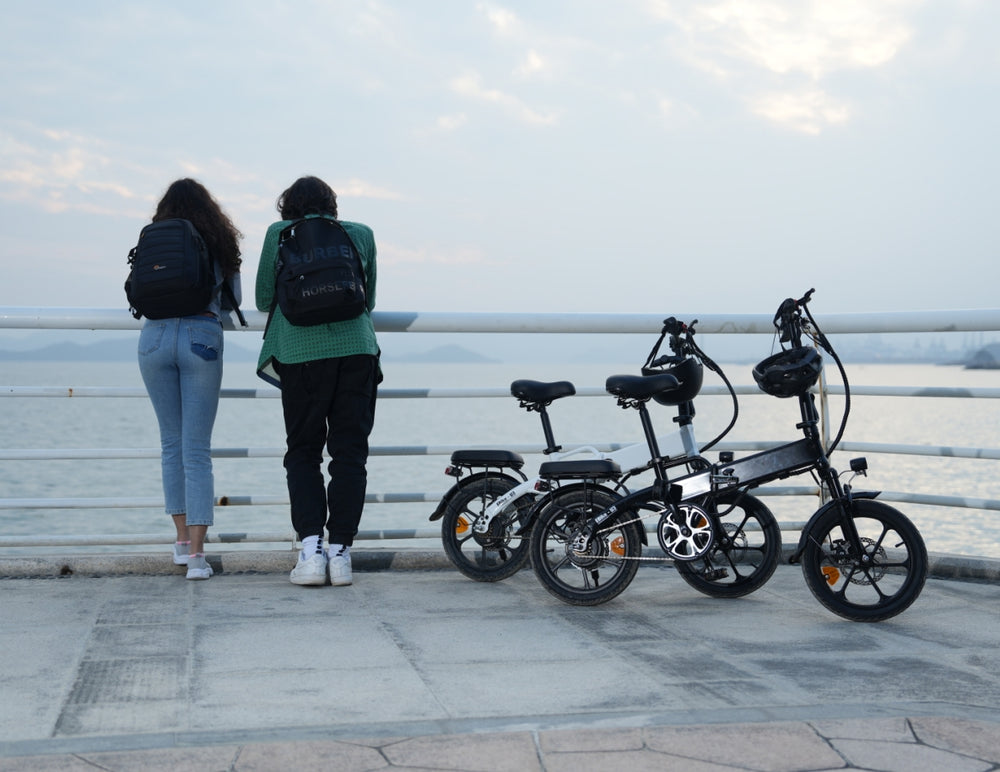
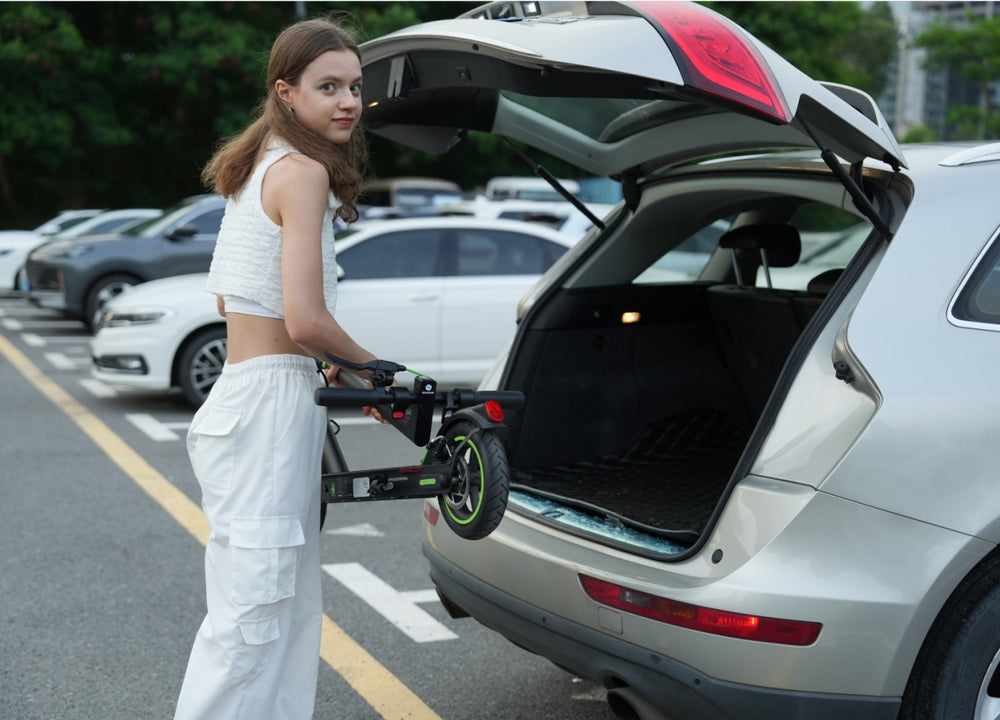
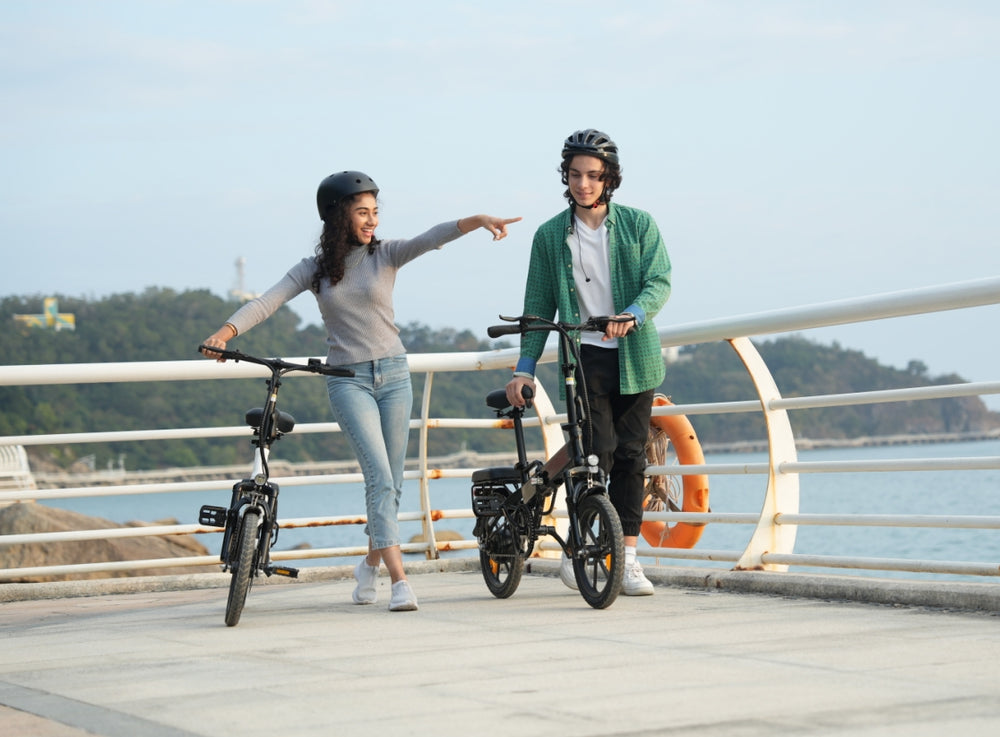

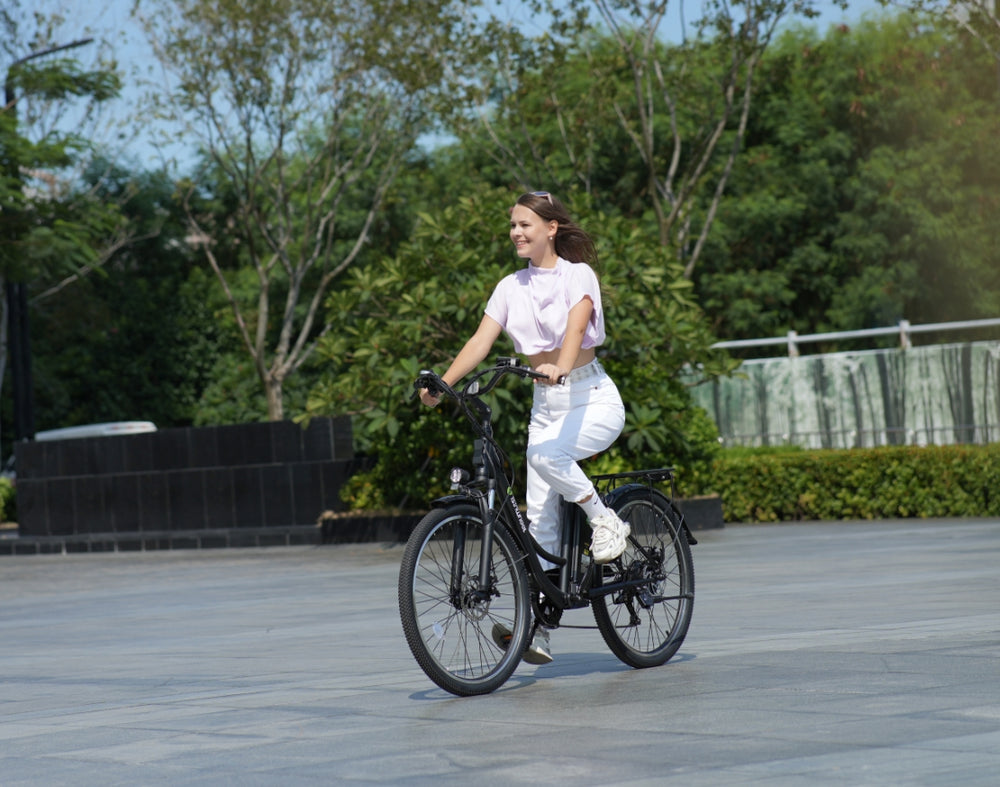

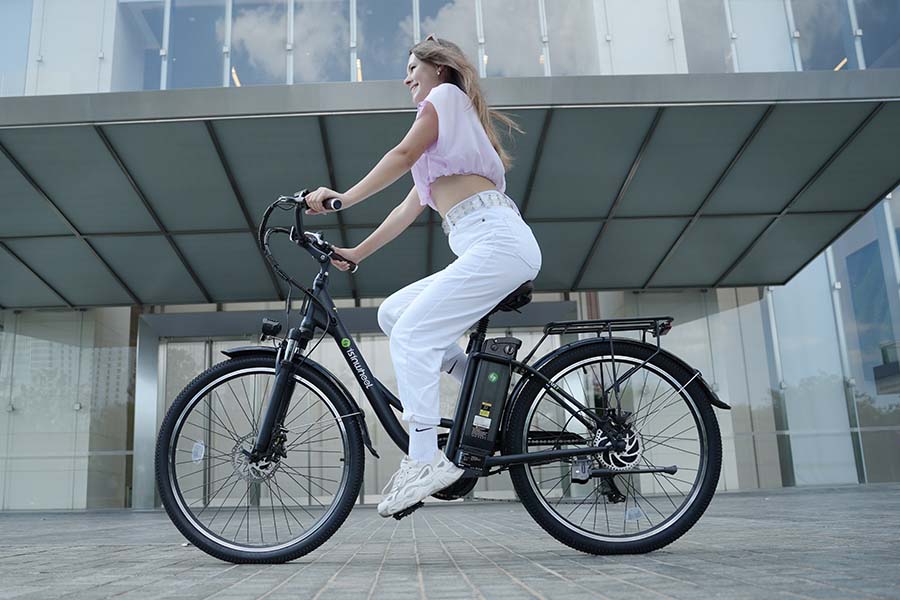
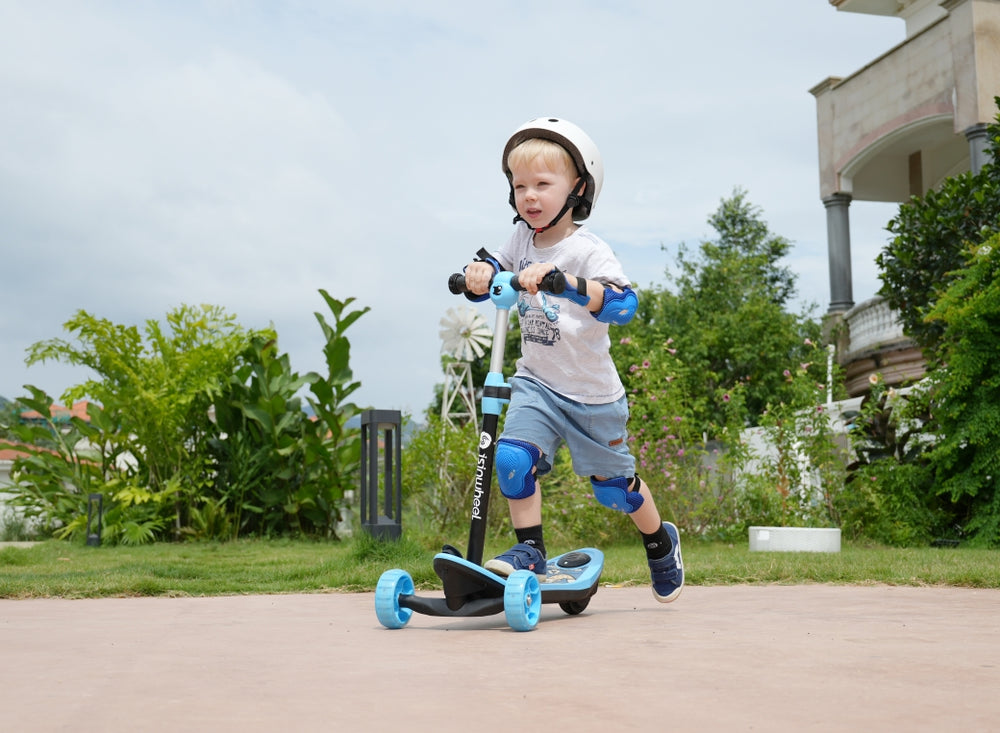

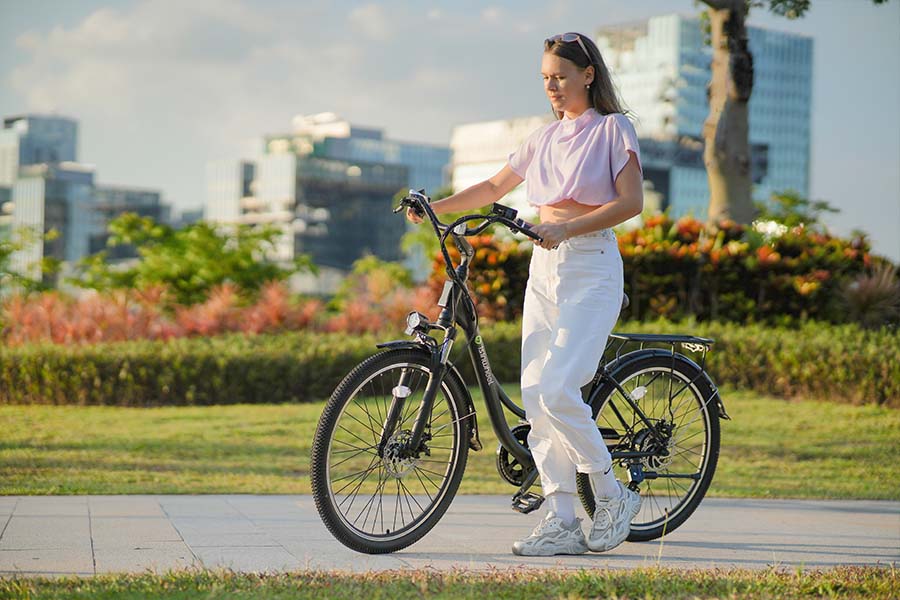
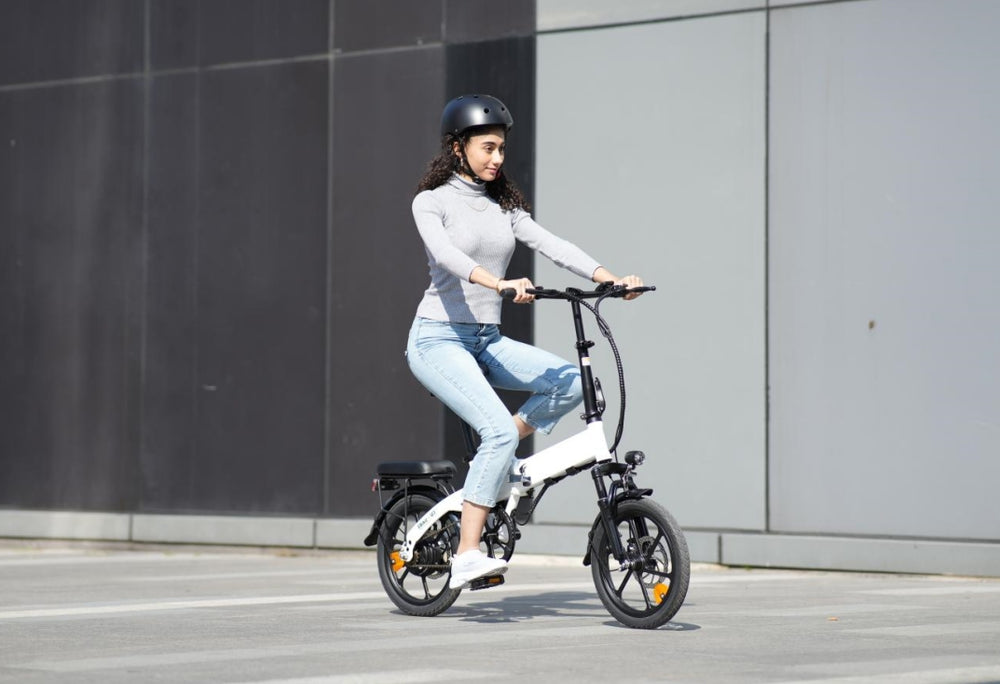
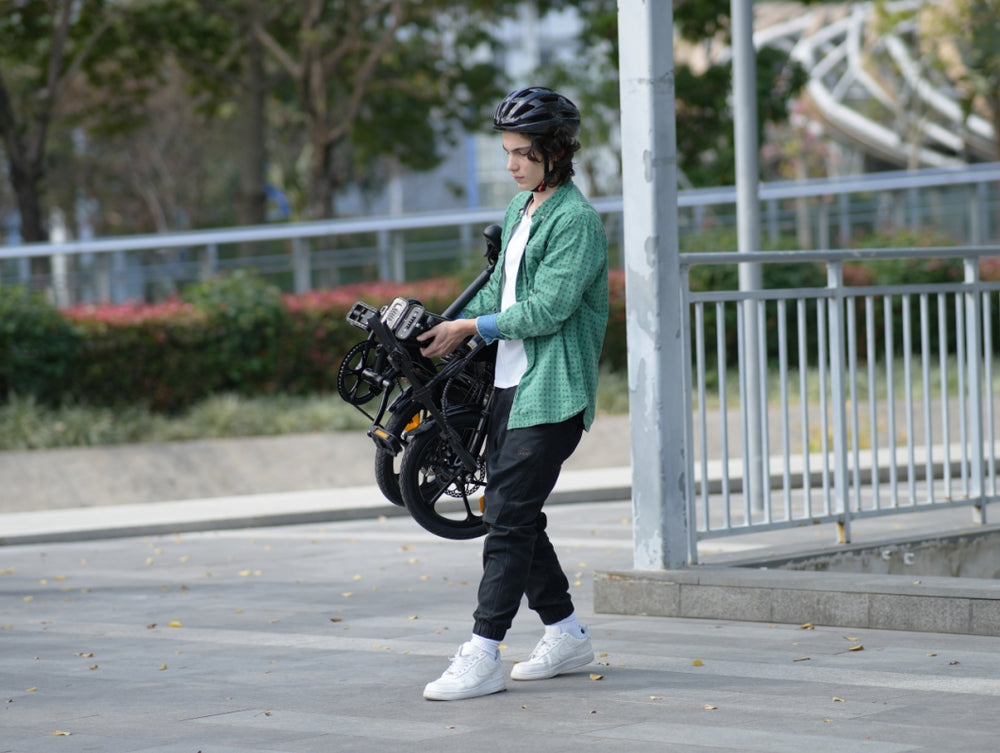
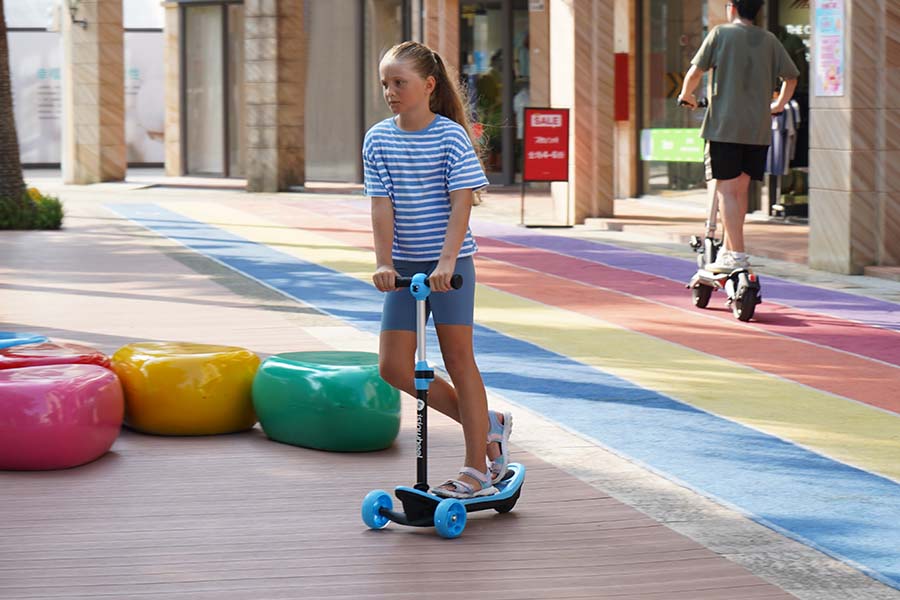

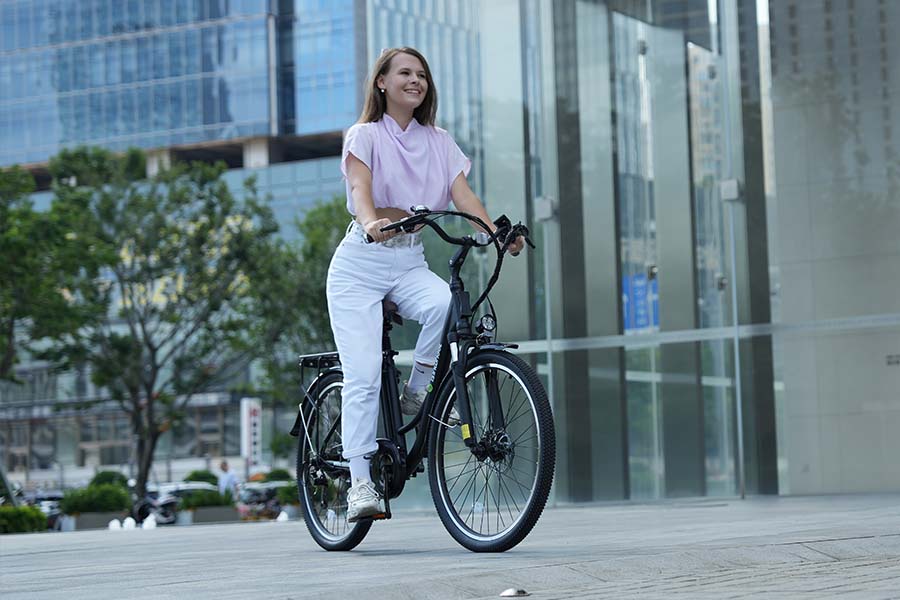

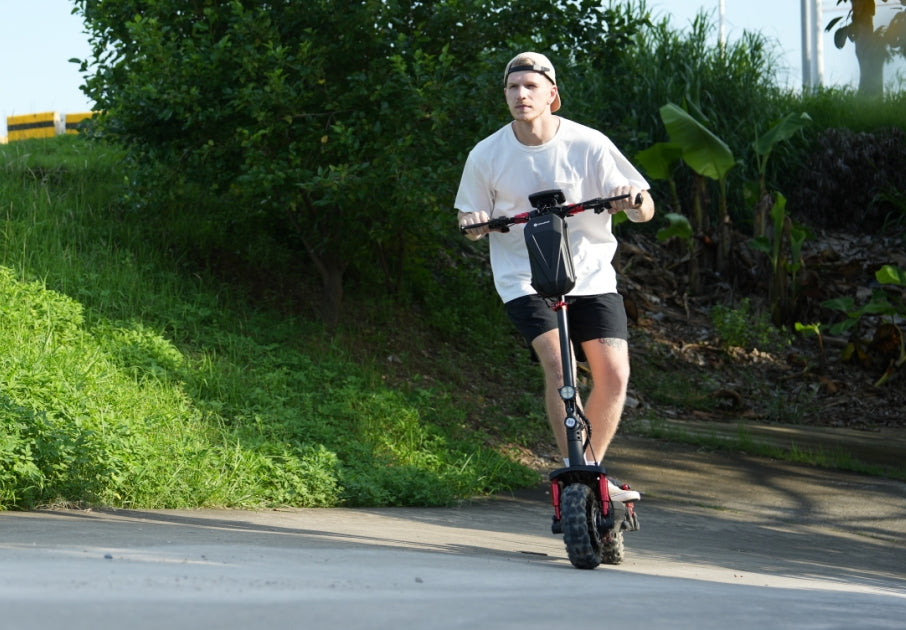
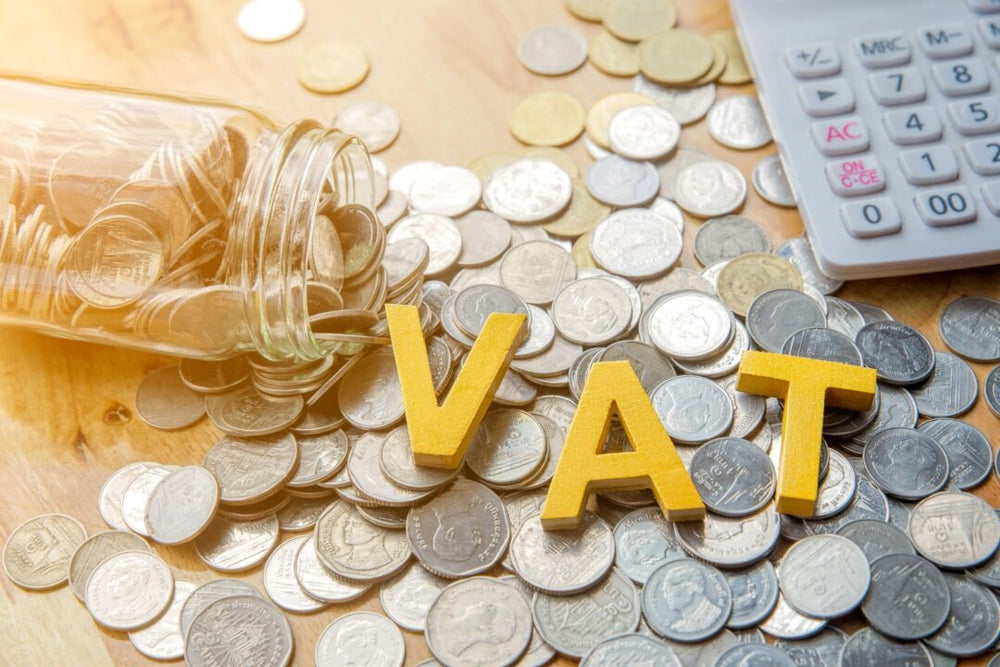
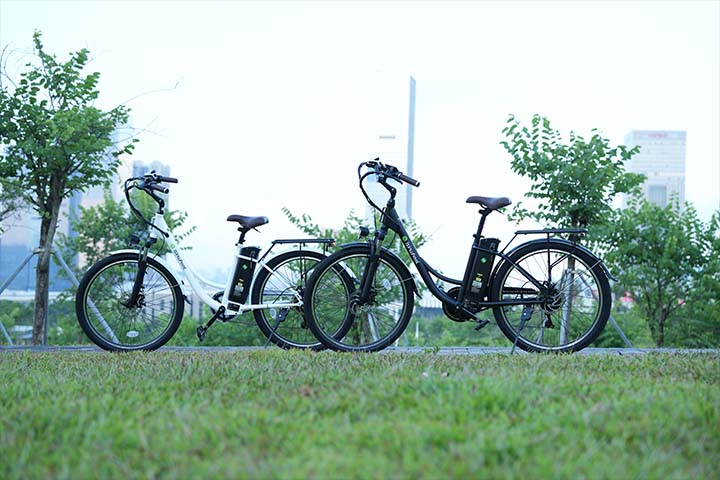

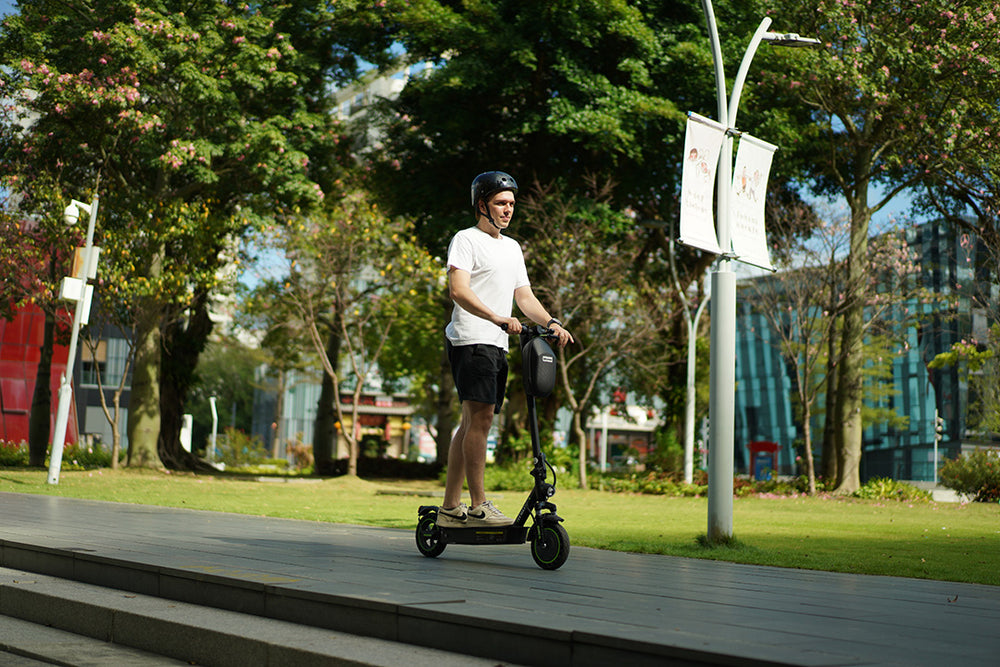
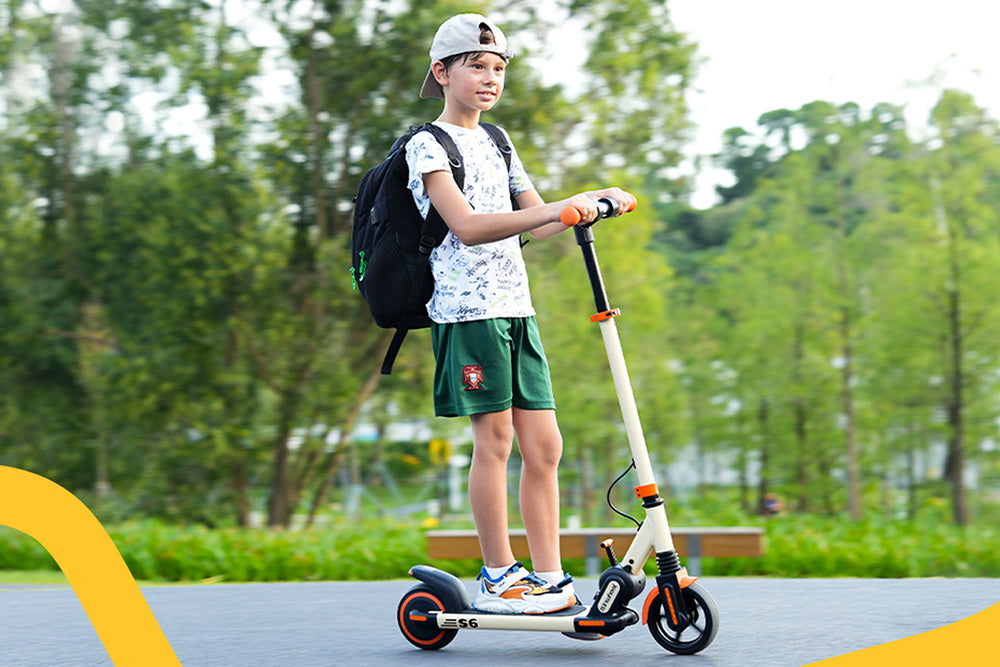
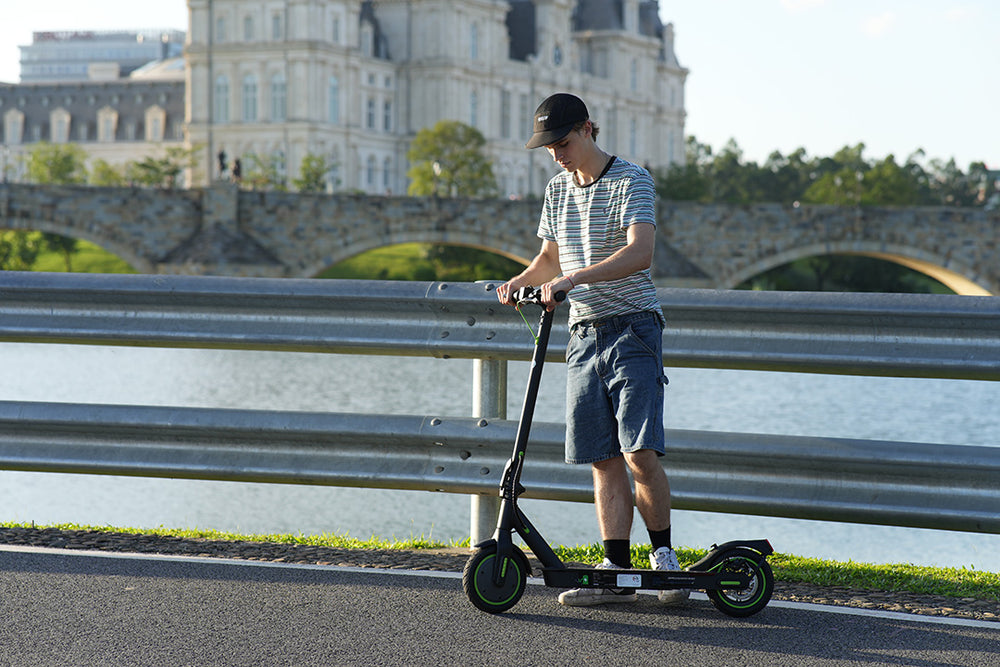
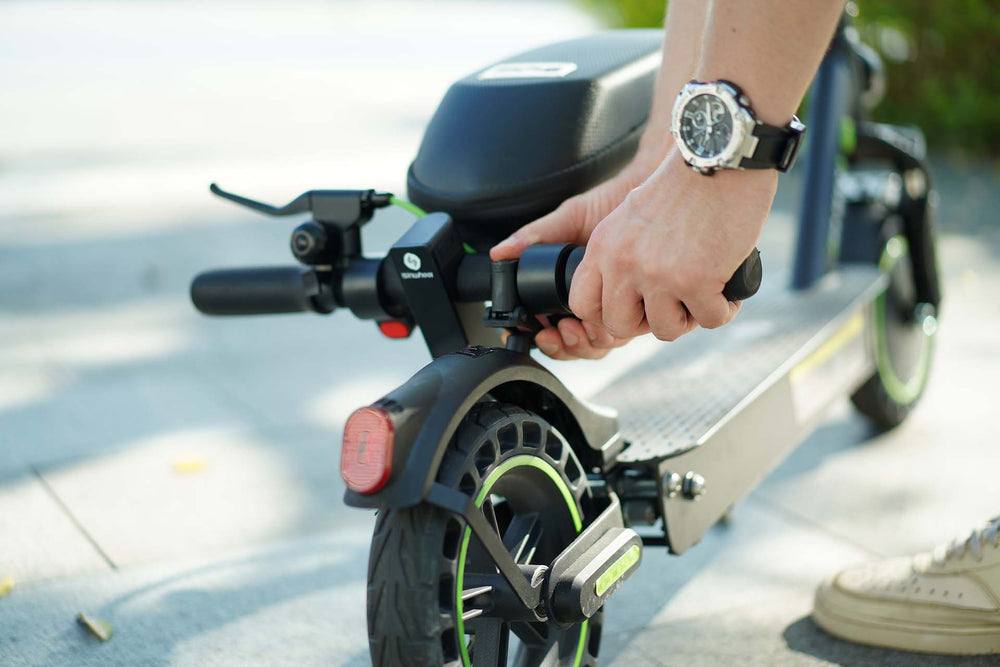





Leave a comment